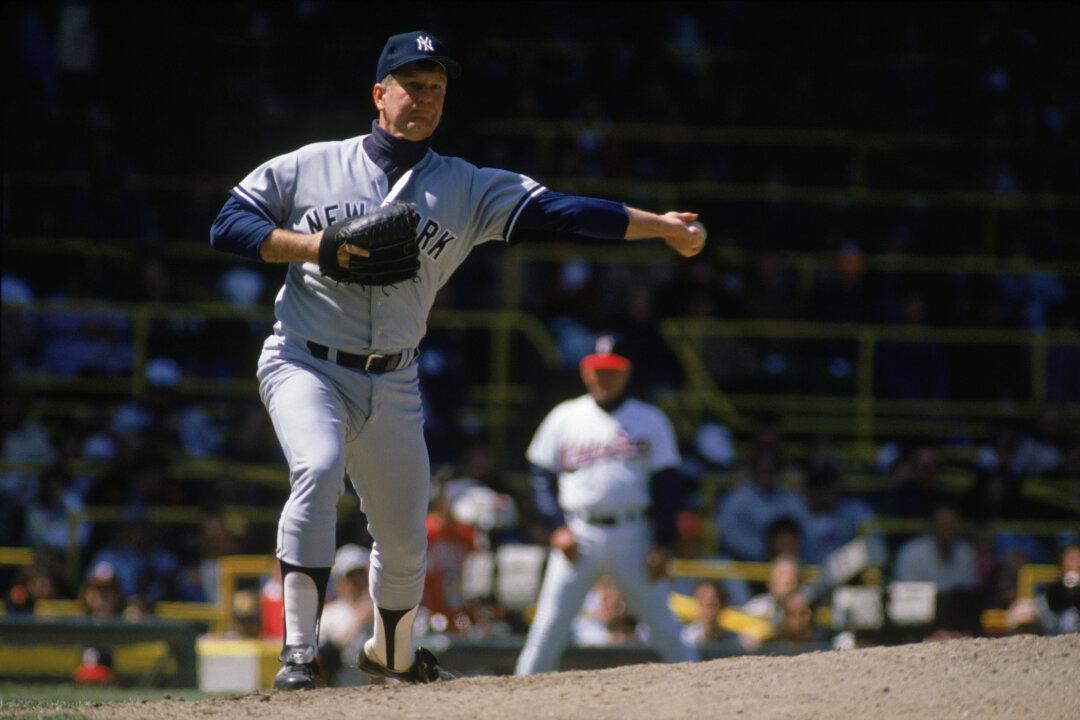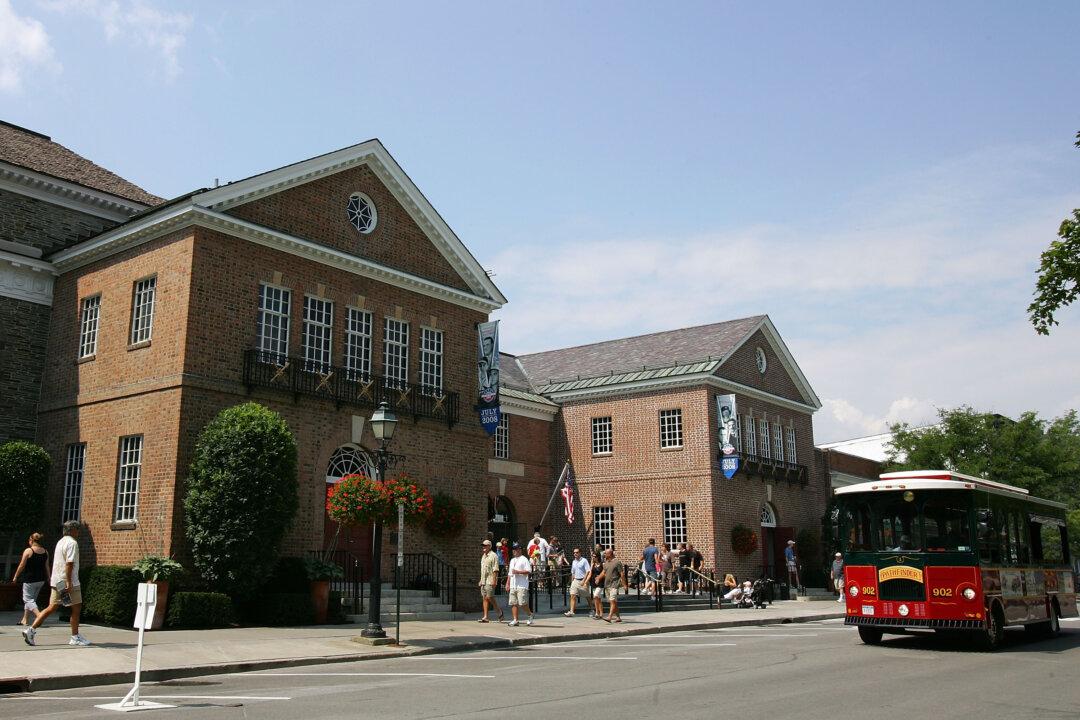Pitcher Tommy John had a medical procedure 50 years ago that would have a permanent positive effect on athletes’ careers. It’s now called Tommy John surgery.
Today, John, 81, lives a quiet life with his wife, Cheryl, in Southwest Florida. After 26 MLB seasons pitching for six clubs, starting in 1963 until spinning his last ball in 1989, John has earned a relaxing retirement. For many fans and sports writers, a case has been made for his Hall of Fame worthiness—288 victories, 162 complete games hurled, 760 game appearances, and his left arm throwing more than 4,700 innings.





